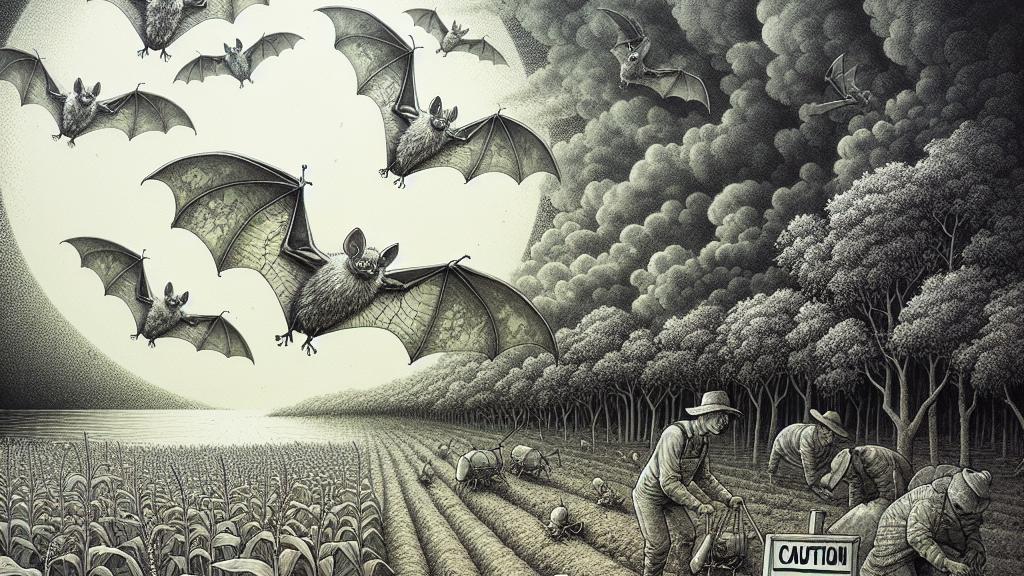Impact of Bat Die-Off on Infant Mortality Rates in America
Overview
- A dramatic decline in bat populations due to white-nose syndrome leads to severe ecological consequences.
- Rising pesticide dependence, triggered by the loss of bats, significantly increases infant mortality rates.
- The staggering economic impact underscores the urgent need for effective wildlife conservation to ensure public health.

The Crucial Contributions of Bats
Bats are fascinating and vital creatures. Each night, they swoop and dive, consuming tons of insects and keeping crop-destroying pests at bay. However, since the emergence of white-nose syndrome, which has tragically claimed the lives of countless bats, we are witnessing a sharp decline in these valuable mammals. For example, in New York, where the infection first surfaced, bat populations have shrunk dramatically—up to 70% in some areas. This decline creates a ripple effect, leaving farmers to deal with pest infestations that they once relied on bats to control. The result? An overwhelming reliance on harmful chemical pesticides to protect their crops, illustrating just how interconnected all species are within our ecosystems.
The Disturbing Connection: Pesticides and Infant Mortality
The implications of bat deaths go beyond agriculture, reaching into the heart of public health. Research reveals a striking connection: in regions where bat populations have plummeted, pesticide use has skyrocketed by an astonishing 31%. This spike does not occur in a vacuum; rather, it coincides with an alarming 7.9% increase in infant mortality rates. To put this in perspective, this translates to a tragic loss of over 1,300 infants. Moreover, for every single percentage point that pesticide use rises, infant mortality increases by roughly 0.25%. These statistics highlight the grave consequences of environmental neglect and underscore the urgent need to reassess how we manage pest control.
The Economic and Societal Costs of Neglecting Wildlife
The economic fallout from bat population declines is staggering. Across affected communities, the financial losses are staggering—approximately $26.9 billion due to reduced agricultural income alone. When you add the $12.4 billion loss associated with higher infant mortality, we arrive at a jaw-dropping total loss of around $39.3 billion. These are not just numbers; they represent families impacted and futures changed. As ecologist Eyal Frank compellingly argues, the expense of conserving bat populations pales in comparison to the financial and human costs incurred from their absence. Protecting these crucial mammals will not only lead to sustainable agricultural practices but also ultimately safeguard our public health. Thus, it is clear that preserving bats is not just an environmental issue; it's a societal imperative.

Loading...